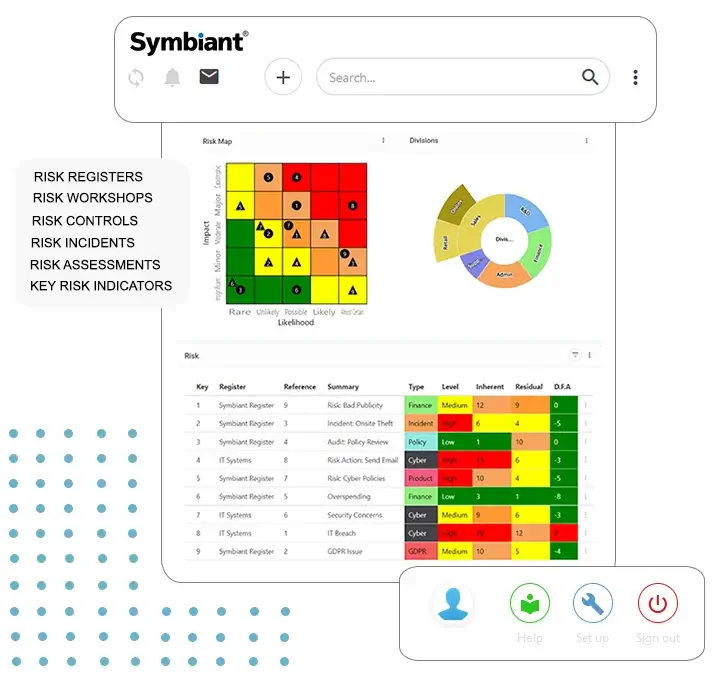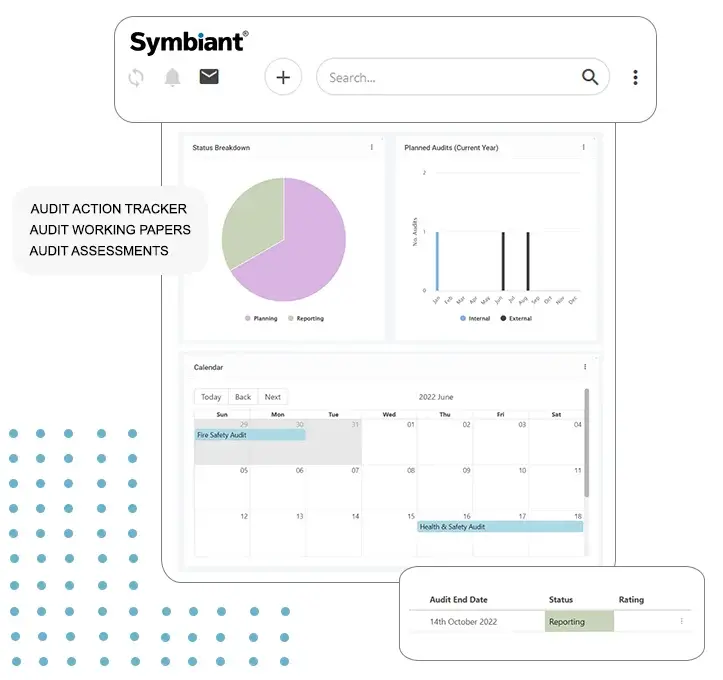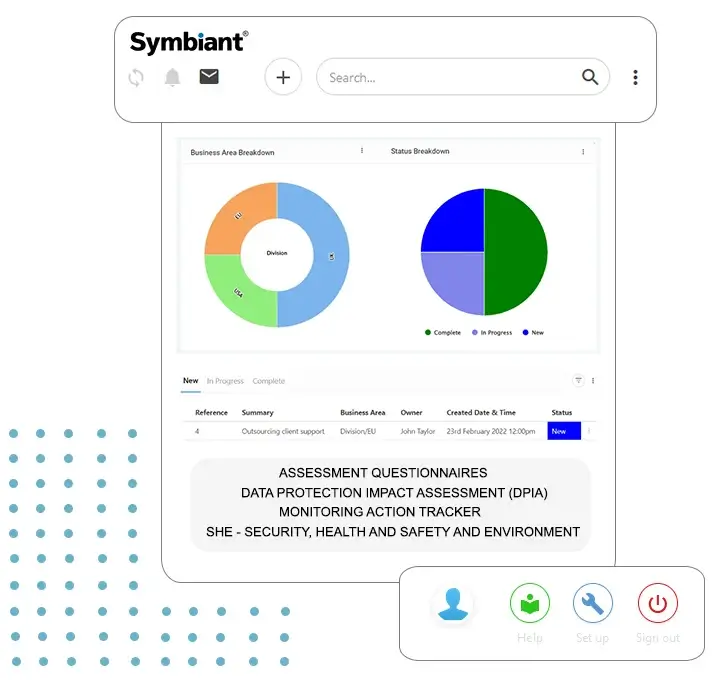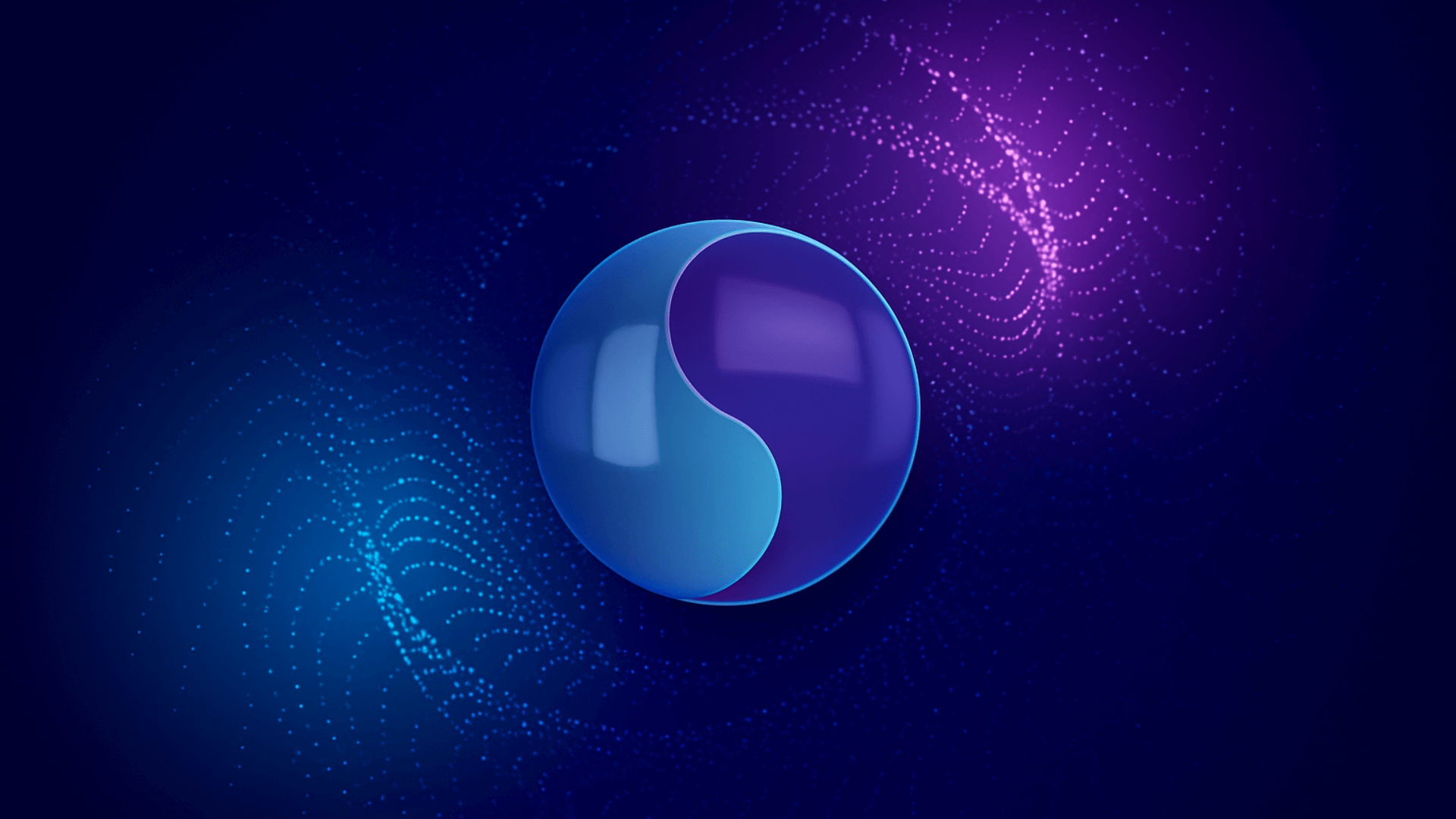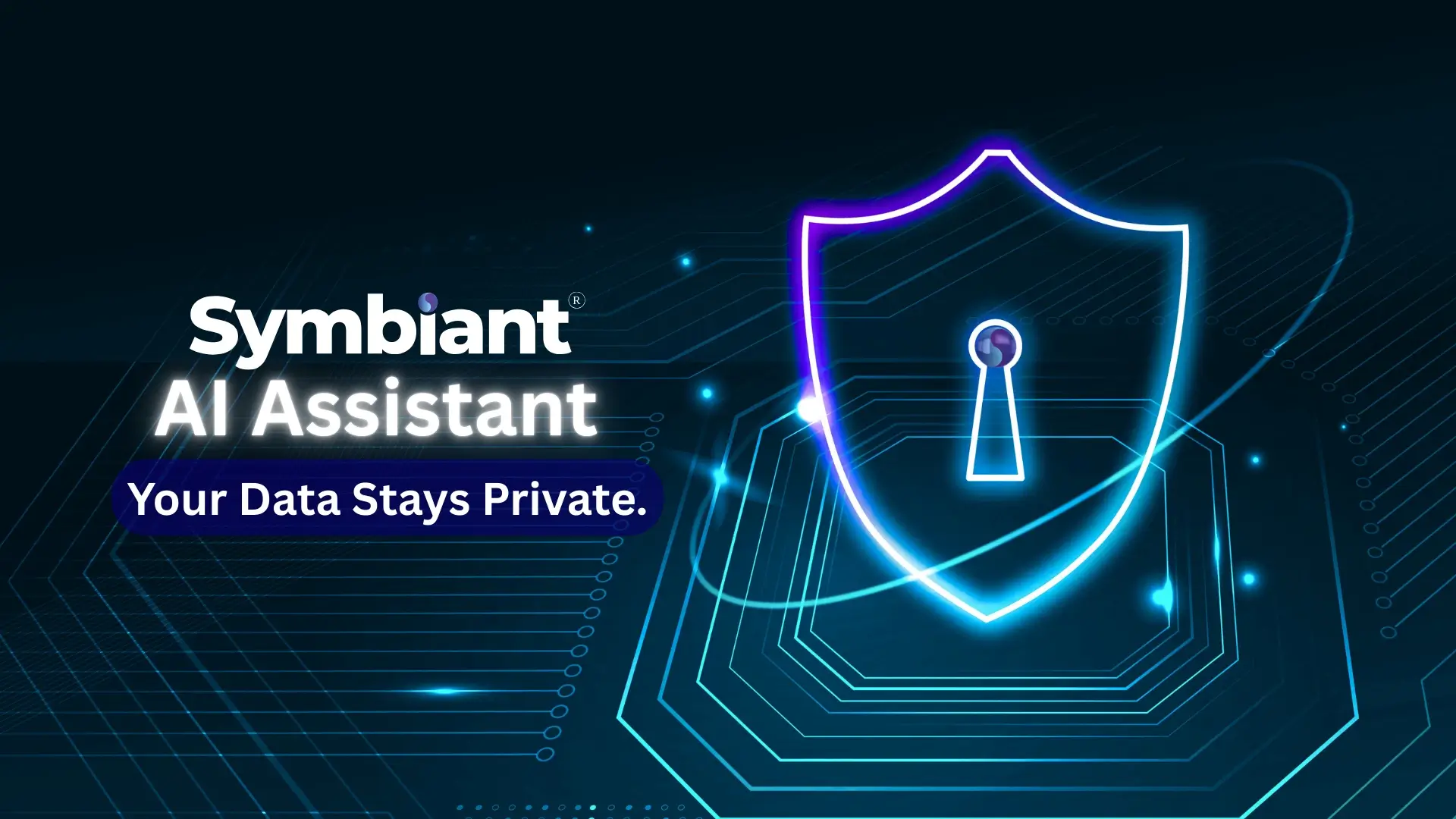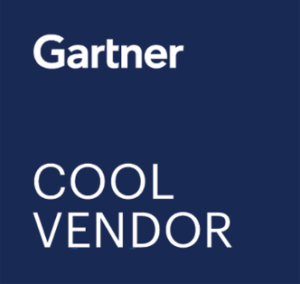Introduction
As a business professional, staying informed about the evolving landscape of governance, risk management, and compliance is crucial. According to WorldMetrics.org, the global Governance, Risk and Compliance (GRC) Software market is not just growing; it’s poised to surge to a staggering 55.9 billion USD by 2027. This surge represents a robust Compound Annual Growth Rate (CAGR) of 10.4% from 2020 to 2027. The escalating adoption of GRC Software by organisations worldwide is not just a trend. It’s a testament to the growing necessity for enhanced regulatory compliance, risk management, and governance practices you are a part of.
GRC Software is not just a tool but a solution that empowers organisations with numerous practical benefits. It enhances data and management information (MI), provides a second line of defence (2LoD), and facilitates a holistic approach to GRC. This article will delve into these points, providing a comprehensive understanding of the tangible benefits that GRC Software can bring to organisations of all sizes and industries. It empowers you to make informed decisions and effectively manage risks.
Understanding GRC Software
Definition and Purpose
GRC is an acronym for Governance, Risk, and Compliance. Its understanding has evolved significantly in the past two decades, and its relevance has surged in the post-COVID era. The primary purpose of GRC Software is to establish an operational strategy that assists organisations in effectively managing governance and risks while ensuring compliance with government and industry regulations.
Enhancing Data & Management Information (MI)
Data Integration
GRC Software, such as Symbiant One, consolidates data from various sources and silos to provide you with a unified view. Information silos are a hurdle most organisations face for effective GRC; with data only being shared within the original department, duplicate and incorrect data becomes a severe concern when trying to manage data effectively. An effective GRC Software works to eliminate information silos and implement a Single Source of Truth (SSOT) within an organisation.
Real-Time Analytics
GRC Software allows organisations to provide users with real-time analytics, enabling proactive risk management and informed decision-making from stakeholders. Unlike a static spreadsheet, GRC Software is dynamic and adaptive, reflecting real-time risk changes, such as incident reports or failing risk controls.
Reporting Capabilities
GRC Software can also improve your organisation’s reporting accuracy and efficiency. As discussed, GRC software consolidates data in one place, ensuring the accuracy of data included in reports. GRC Software can also automate data processing elements, minimising human error when creating reports. Standardised reporting formats ensure that reports are consistent and clear across your reports; organisations can customise these reports to meet changing compliance regulations, meet specific organisational needs, address stakeholder interests and visually reflect organisation branding.
Audit Trail and Documentation:
GRC Software is not just about managing risks; it’s about maintaining organisational transparency and accountability. With traceable data changes and defensible audit trails, GRC Software ensures that your data is secure and your actions are transparent. This assurance of transparency and accountability is a significant benefit of GRC Software, giving organisations confidence in their operations.

Facilitating a Holistic Second Line of Defence (2LoD)
Defining 2LoD
The Second Line of Defence (2LoD) in risk management refers to the organisation’s functions that oversee and monitor risk management practices, ensuring that the first line (operational management) effectively identifies and manages risks. These functions typically include compliance, risk management, and quality assurance teams, whose role is to develop risk management frameworks, set policies and provide guidance to ensure that risks are appropriately managed and controlled across the organisation. They act as an independent layer between the first line (who directly manages risks) and the third line of defence (an organisation’s internal audit team providing independent assurance).
Role of GRC Software
GRC Software enhances risk management by providing tools for continuous monitoring, compliance tracking, and generating real-time reports. It streamlines risk assessments, audits, and incident management and manages training programs to raise awareness about risk and compliance. Additionally, it maintains comprehensive audit trails for transparency and facilitates integration and collaboration among compliance, risk management, and quality assurance functions.
Benefits of a Holistic Approach
Improved Risk Management
A holistic approach to organisational risk management allows you to consider the interconnectedness of your risks rather than addressing them in isolation. A holistic risk approach will enable you to identify how risks impact each other and develop more efficient strategies to mitigate those interconnected risks. You can identify risks more comprehensively when looking at the organisation holistically rather than each department. A holistic approach allows for better collaboration and communication on risks, enabling new perspectives and strategies that may have been overlooked otherwise.
Compliance Assurance
A holistic approach to compliance assurance offers numerous benefits. It ensures that organisations adhere to regulatory requirements and internal policies more effectively. A holistic approach also ensures that all compliance areas are monitored, reducing the risk of overlooking regulatory or policy requirements. Additionally, a more holistic approach can enhance decision-making for managers as they have access to comprehensive data and insights across the organisation.
Operational Efficiency
Developing a holistic approach to your operational efficiency can benefit your organisation’s operations when approached as an interconnected whole rather than isolated parts, such as streamlining processes and eliminating redundancies and inefficiencies across your departments. Resources can be better optimised when the organisation is viewed as a whole, supporting efficient use of assets, time and personnel. Furthermore, a holistic approach can improve organisational agility – you can quickly adapt to changes and respond to challenges as you clearly view interdependencies and the potential ripple effects.
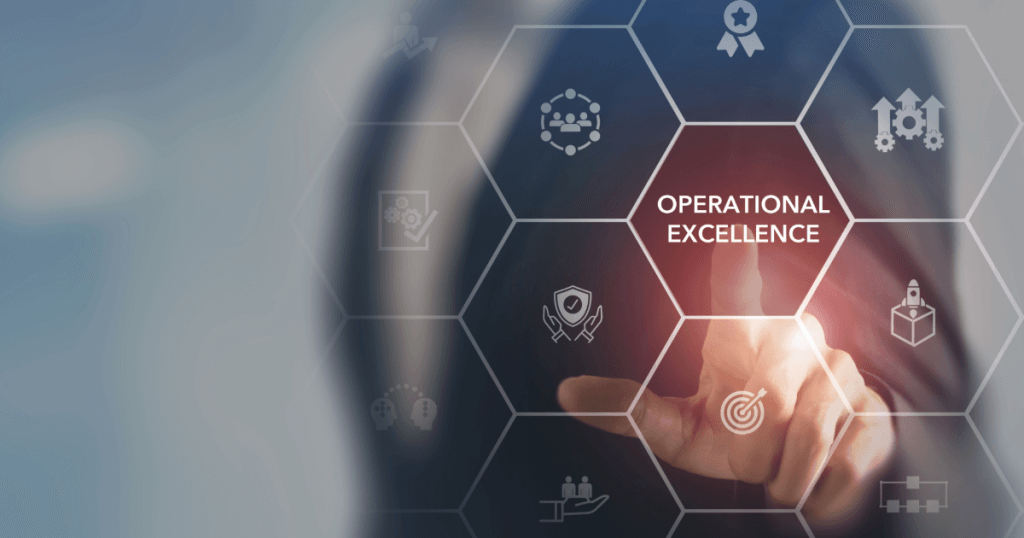
Real-World Examples
Whistl was looking for a Risk Management solution to replace their risk register within Excel. After getting a recommendation from their Insurance Broker, they booked a demo with Symbiant. They found that Symbiant had more functionality and capabilities and came at a far more competitive price than competitors. Whistl has since worked with the Symbiant Team to develop new Modules to meet their needs, such as the Health and Safety Module.
In their case study, you can read more about Whitsl’s experience with Symbiant.
Marsh Finance was searching for a Risk and Compliance solution due to the cumbersome and manual process of managing it through spreadsheets and folders. They were specifically looking for a single solution that could meet all their requirements and be adaptable to meet their long-term business growth. Marsh Finance worked with the Symbiant team to create new modules to meet their needs, such as the Service Desk Module, Due Diligence Module, DPIA Module and other Modules.
The entire case study provides more about Marsh Finance’s modules and the benefits they have experienced using Symbiant.
Challenges and Considerations
Implementation Challenges
However, many organisations face challenges in implementing GRC Software, such as customisation needs; every organisation has unique needs that the GRC Software needs to be tailored for, which for many organisations are resource intensive and require specialised expertise.
Conversely, Symbiant’s software has customisation at its core; we know every organisation will have different needs, and our software is fully customisable and included in our pricing. Moreover, many organisations are concerned about the scalability of GRC Software.
Can the software adapt and grow alongside the organisation, increasing complexity to match your organisation? Symbiant One can grow and adapt alongside your organisation, add additional modules as you need or create a new one to meet an entirely new requirement.
Choosing the Right Solution
Choosing the right solution to meet your organisation’s needs can be complicated; initially, ensuring you have clearly defined your GRC Objectives will help guide your decision-making process.
Then, organisations should look for software that offers flexibility and customisation, tailoring the solution to their unique workflows and processes and ensuring it can adapt as the organisation evolves. Symbiant offers complete control and customisation of your solution; choose only the modules you need and build workflows to meet your existing processes.
Additionally, security is paramount for all organisations, especially when dealing with sensitive data and verifying that the potential software has robust security measures, including data encryption, access controls, and compliance with relevant data protection regulations. Symbiant takes security seriously; we are ISO 27001 and Cyber Essentials + certified. Symbiant also offers customisable user roles and divisions to secure eyes-only data.
Cost
For most organisations and stakeholders, the biggest challenge in implementing GRC software is the cost. Many companies offering software are not transparent about their pricing, making it nearly impossible to compare pricing for GRC Software.
On the other hand, Symbiant makes our pricing very transparent—you can view our pricing page for further details—but our software pricing starts at £300 a month, and every module costs £100, regardless of how many you need.
We offer two basic packages to make it easy for smaller organisations: 2 modules of your choice and 5 active user seats, or 1 module of your choice and 10 active user seats.
However, most of our clients have unique requirements that cannot be standardised in this way, which is why we offer custom quotes so that you can feel confident that you are paying for your perfect GRC Solution.
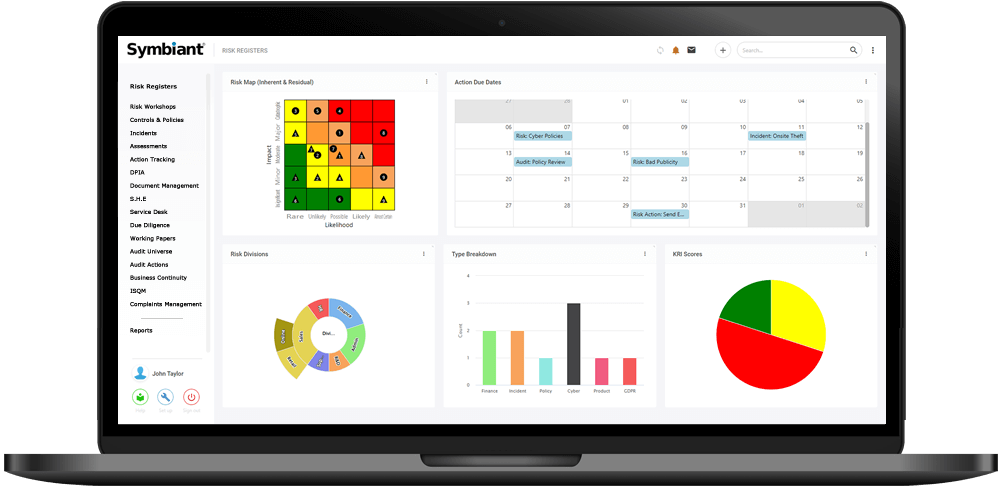
Conclusion
In conclusion, GRC software offers significant benefits in data management and developing and implementing a holistic second line of defence (2LoD). By providing a centralised data repository to consolidate data and enhancing reporting and real-time analytics capabilities, GRC Software facilitates better data management and management information 9MI).
Moreover, adopting a holistic 2LoD approach strengthens risk oversight, ensures consistent policy enforcement and promotes a proactive approach to risk identification and mitigation. Through improved collaboration and comprehensive risk assessment, organisations can leverage GRC software to enhance their governance framework and operational resilience, achieving greater efficiency and effectiveness in managing risk and compliance.
Choosing the right GRC Software can be a long and complicated process; Symbiant aims to make it easy – book a free demo and discover the power and flexibility of Symbiant One at an unbeatable price.

